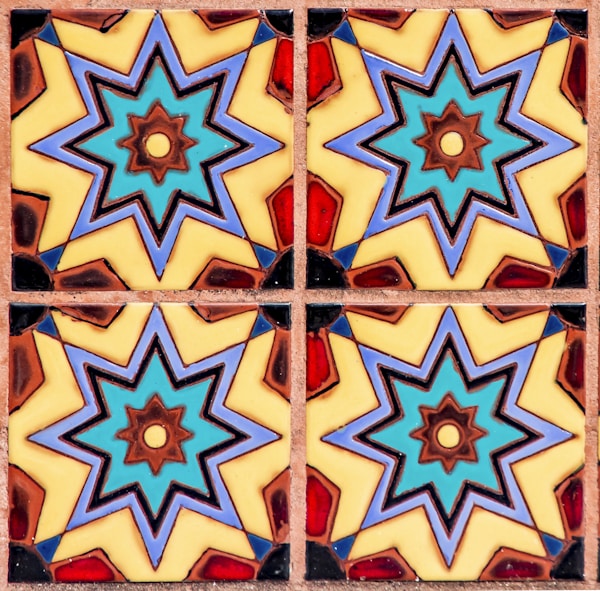The Ultimate Guide to Bridal Gown Materials: Choosing the Perfect Fabric for Your Dream Dress
The Ultimate Guide to Bridal Gown Materials: Choosing the Perfect Fabric for Your Dream Dress
When it comes to wedding planning, one of the most exciting yet daunting tasks is selecting the perfect bridal gown. Among the myriad factors to consider, the choice of materials stands out. The fabric not only influences the overall look and feel of the gown but also affects comfort, draping, and cost. In this comprehensive guide, we’ll delve into various bridal gown materials, helping you make an informed decision for your special day.
Understanding Bridal Gown Materials
Bridal gown materials vary greatly, each offering distinct characteristics that can shape the ultimate appearance of your dress. From luxurious silks to rustic lace, the fabric you choose can enhance the theme of your wedding and reflect your personality. Below, we explore some popular bridal gown materials and their specific attributes.
1. Silk
Silk is one of the most luxurious fabrics used in bridal gowns. Known for its smooth texture and beautiful sheen, it drapes elegantly, making it a favorite among brides who desire a classic look.
| Advantages of Silk | Disadvantages of Silk |
| Luxurious appearance | Higher cost |
| Excellent draping | Requires special care |
| Lightweight and breathable | Can be prone to wrinkling |
2. Satin
Satin is a popular choice for bridal gowns due to its glossy front and matte back. It gives a stunning silhouette and is relatively easy to handle during fittings. This fabric is perfect for structured designs.
Why Choose Satin?
Satin provides a lustrous finish, making it ideal for evening weddings. It can come in various weights, so you can choose a lighter satin for summer weddings and a heavier one for winter occasions.

3. Lace
Lace is a romantic and delicate fabric that adds texture and detail to Wedding gowns. Often used as an overlay, it can transform a simple dress into something extraordinary.
Different Types of Lace
There are several types of lace, including Chantilly, Alençon, and Venetian lace, each bringing its unique charm. Lace is perfect for vintage-themed weddings or for brides looking for a timeless look.
4. Tulle
Tulle is a lightweight, netted fabric that is often used in bridal veils and skirts to create volume. It can also be used for layering to give the illusion of grandeur without much weight.
| Types of Tulle | Best Uses |
| Soft Tulle | Bridal skirts |
| Stiff Tulle | Making poofy petticoats |
| Illusion Tulle | Necklines and sleeves |
5. Organza
Similar to tulle, organza is a thin, crisp fabric that gives structure to any design. It’s slightly more rigid than tulle, which allows it to hold its shape beautifully, making it great for voluminous skirts and overlays.
6. Chiffon
Chiffon is a lightweight, sheer fabric known for its flowy beauty. It drapes elegantly, making it an excellent choice for casual or destination weddings.
When to Use Chiffon
If you're planning an outdoor summer wedding, chiffon can offer the perfect blend of comfort and style. It can also be layered to enhance fullness without adding heavy weight to your gown.
Factors to Consider When Choosing Bridal Gown Materials
Choosing the right fabric for your bridal gown involves several considerations. Here are some crucial factors to keep in mind:
1. Wedding Season and Location
The season and location of your wedding significantly influence the type of fabric you should choose. Lightweight fabrics like chiffon or tulle are perfect for summer weddings, while heavier materials like satin or silk are ideal for winter.
2. Body Shape
Your body shape can also dictate how different materials drape. For instance, structured fabrics like satin can enhance shape, while flowing fabrics like chiffon may gently skim your form.
3. Comfort
Don’t overlook comfort when selecting your bridal gown material. You’ll be wearing the dress for several hours, and it’s crucial that you feel comfortable throughout your big day. Opt for fabrics that allow for movement and breathability.
4. Maintenance and Care
Some fabrics require more care than others. Silk and lace may need professional cleaning, whereas polyester blends can often be washed at home. Ensure you consider your lifestyle and budget for maintenance when selecting your gown material.
Final Thoughts
Choosing the right bridal gown materials is essential for ensuring your wedding day is as beautiful and memorable as possible. From the luxurious feel of silk to the structured elegance of satin, each fabric has its unique benefits and drawbacks. Don’t rush this decision—take the time to explore what best reflects your personal style and meets your needs. Try to visit bridal boutiques to feel the fabrics firsthand, and remember to think about how each material aligns with the theme, season, and location of your wedding.
In conclusion, the bridal gown materials you choose will significantly impact your comfort, look, and overall experience on your big day. Make sure to weigh all options carefully and enjoy the journey of finding your perfect wedding gown!
